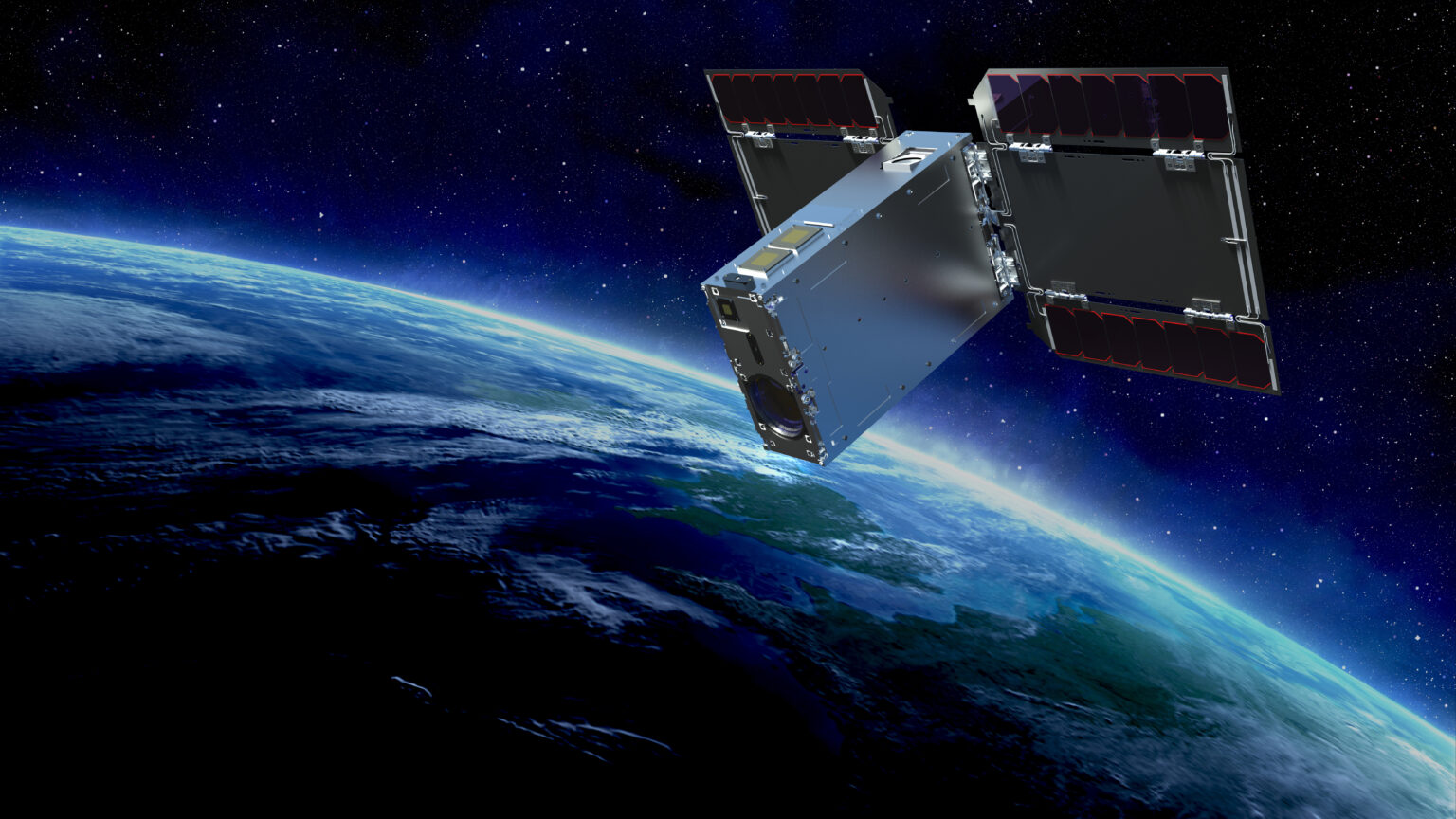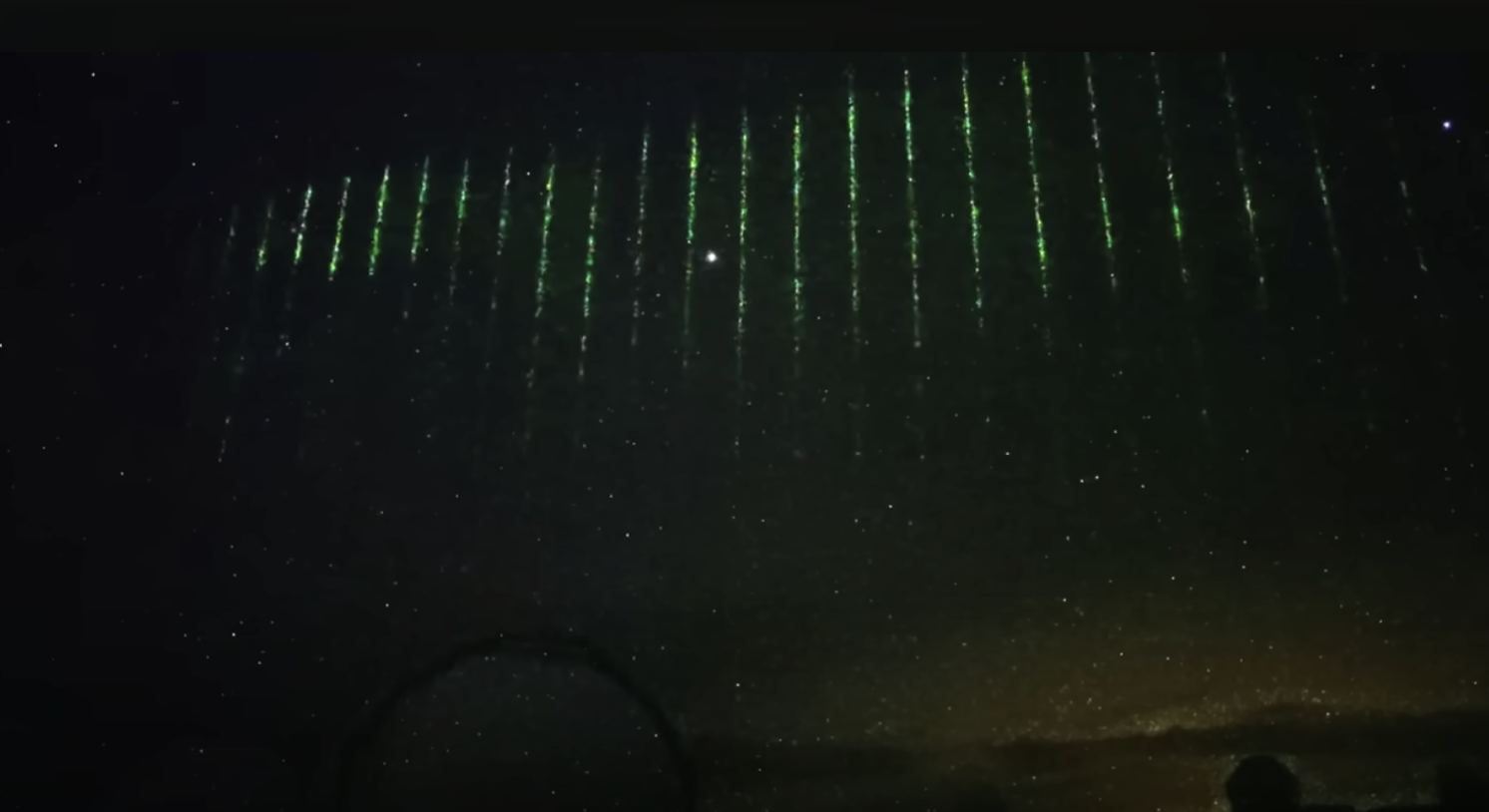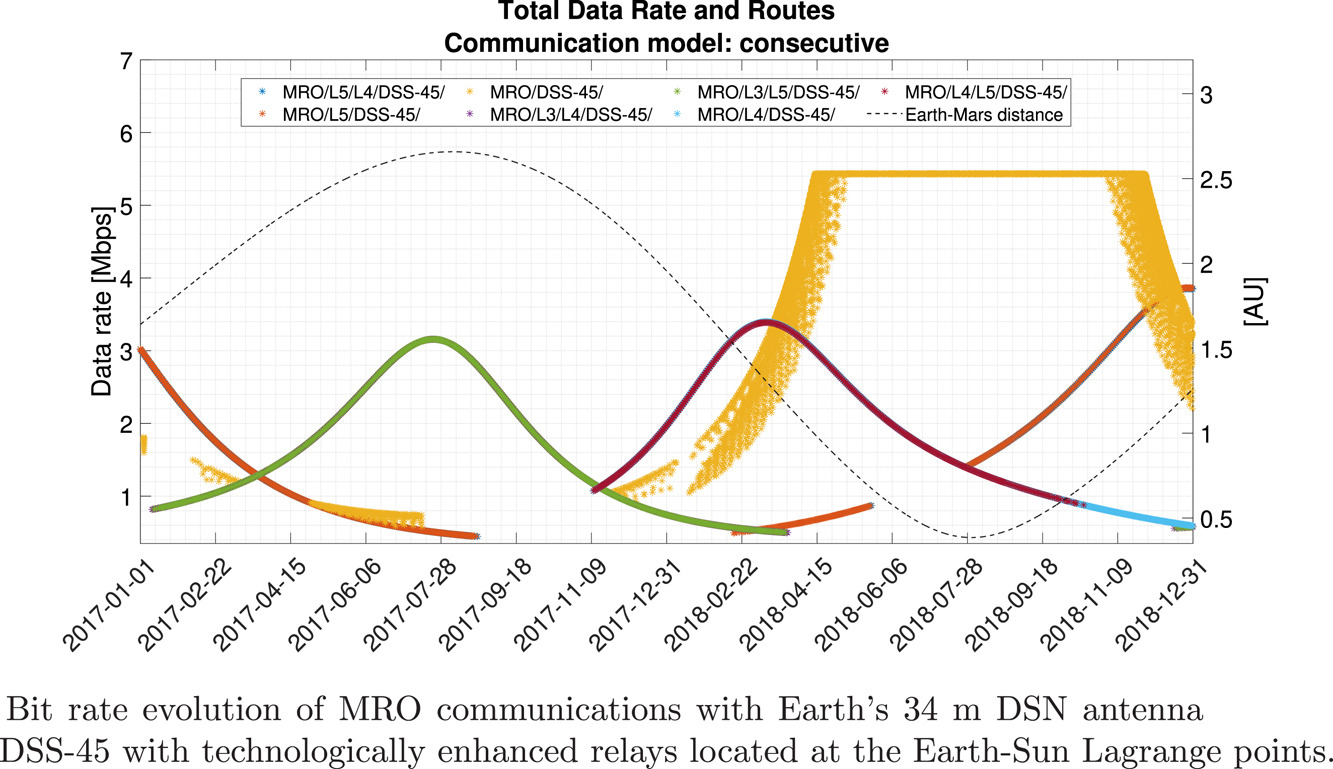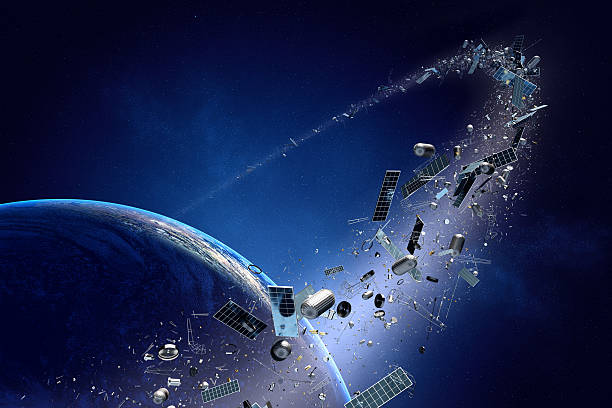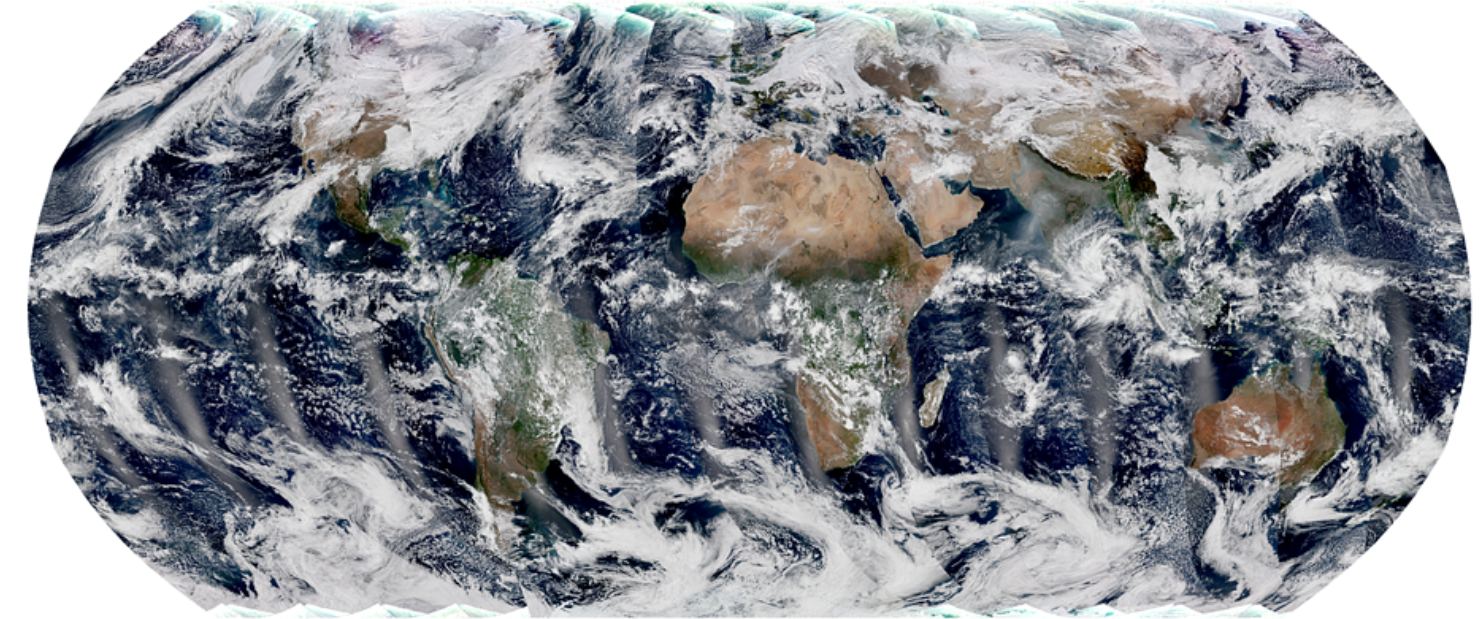A revolution in space manufacturing is coming. Enabled by cheaper launch costs, companies are scrambling to take advantage of easier access to the benefits space offers as a manufacturing environment. These include a constant vacuum, near absolute zero temperatures, and a lack of any significant gravity. These features would enable easier processing and manufacturing of hundreds of products, from pharmaceuticals to metal alloys. The tricky part is getting them back down to Earth, where they can be used.
A company based in the UK recently revealed what they think is a viable solution for that. Space Forge, which is developing a reusable manufacturing platform for use in space, recently discussed their Pridwen heat shield. The most remarkable thing about this new heat shield is it’s reusable.
Continue reading “An Innovative Heat Shield That Doesn’t Need to Be Replaced Between Missions”

